Crystal-gazing Pakistan — the years ahead
In Pakistan, this ashhrafiyya monopolies political power through lineage
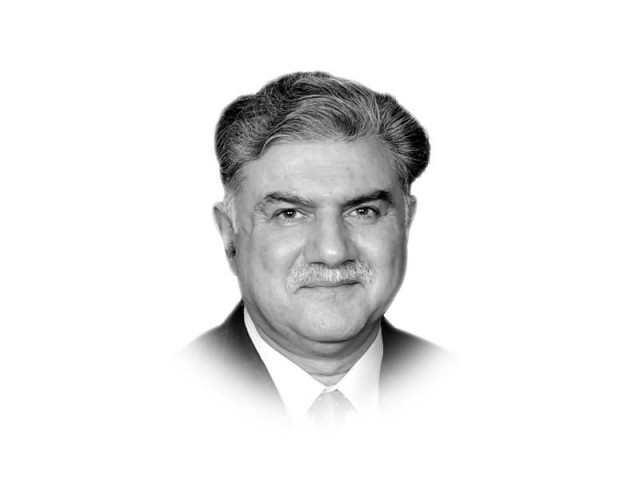
The genesis of Pakistan, and by extension most of South Asia’s political culture can be traced to the non-consolidation of state per se. The Mughal system of governance and its resource mobilisation was based upon an exploitative lagaan or rent system, wherein the peasant-farmer paid a rent to noble landlord/empire for tilling the land, as land belonged to the emperor. The nexus of landlord/nobility and officials morphed into a predatory elite or ashhrafiyya. Under the British, this elite willingly served the Company and later the Crown; and was replaced — as and when needed — by ashhrafiyya created through British land titles and other largesse. The present day “who is who” in India, Pakistan and Bangladesh belongs to this legacy elite, manipulating power to keep a stranglehold on state and society.
In Pakistan, this ashhrafiyya monopolises political power through lineage, liaison and hereditary privilege, whether in an engineered democracy or under the military rule, excluding common citizenry. The observable democratic system sadly remains hostage to the biradari — or clanship, religious right and/or the ‘money-patronage’ combine, consolidating elite power directly or indirectly. Bureaucracy, civil and military — the only path to social mobility available to the educated middle class — has become ineffectual due to political control and external influencers. Dual nationals in the corridors of power in Islamabad (not to mention the seven aides of PM Imran); and the dangling sword of legitimacy over the military rulers have, therefore, resulted in subpar performance from the bureaucratic backbone of Pakistan. Extra-national and extra-regional forces find it easier to keep multiple bets in our political mosaic to attain their objectives.
This Op-ed crystal-gazes “some paradoxes” or “contradictions”, as Chairman Mao would call them, that Pakistan faces besides the possible way forward.
First, ashhrafiyya aspirations and performance paradox. Conceptually, notwithstanding its predatory predilections, ashhrafiyya can do so much good to the people and state. It is a representative vanguard of a nation’s political, economic, religious and cultural life and identity, and is a role model. Leadership by a non-corrupted ashhrafiyya is indispensable in a stratified society like ours, with a minority power-elite, a sea of poor citizenry and a minuscule middle class. Ironically, uncontrolled corruption and ambition of elite result in a free-for-all situation, calling for an honest soul-searching that the ashhrafiyya is neither willing nor capable to undertake.
An honest introspection involves thinking beyond self, biradari, ethnic and political considerations for the good of the whole. However, an incapacity to think, act and perform high leads one to cynically conclude that our elite are pygmies, good only at rhetorical wars and conspiracies. Consequently, and fortunately, our citizenry especially the youth now tries to fill this void through persistent and aggressive debates over social media networks (SMNs).
Second, paradox about the ‘religious right’ as part of ashhrafiyya. The clergy under its power, privilege and ambition opposes modernity; but it also embraces popular causes representing disaffected segments of the society in an otherwise skewed system, besides social welfare through the pulpit, asthanas (seats of religious order), darbars (shrines) and other platforms, etc.
Third, the military paradox. The military as our true ‘center of gravity’ guards not only the geographic borders but (paradoxically) also Pakistan’s ideological frontiers, under the army’s motto of iman, taqwa and Jihad-fe-sabeel-Lillah (faith, piety, and struggle for Allah). Not wanting to rule, the military cannot remain aloof from governance in a format that is called a ‘controlled democracy’, notwithstanding the why, how and when debate.
Fourth, the democracy paradox. Copious literature in political science supports the notion that “in the absence of enabling conditions like pervasive quality education, political awareness and a certain level of economic development, etc; democracy in countries with entrenched ethnic groups becomes oligarchy of the major ethnic group.” Indian democracy has become a Hindu oligarchy, and in our case, it is Punjab’s out-sized influence that causes concern and deprivation elsewhere. But democracy is also the only system that enables representation to all groups irrespective.
Fifth, the corruption paradox. Wayward and uncontrolled corruption is an existential threat to any system but elimination of corruption in totality is an impracticable dream. From the Mughal era, the Subcontinent has operated through a culture of bakhshish (traditionally accepted bribes) and rishwat (hush-money) by ranking officials even for legitimate official chores, etc. And it continues across the Subcontinent to this day. For governments to get consumed by its presence, is at the cost of systemic improvements and governance delivery in other much needed areas. And honestly, without exonerating the widespread practice, the armies of low-paid government employees would find it hard to make ends meet without this supplemental income, as the states badly lack the capacity to provide a decent remuneration. It is good to be an idealist but better to be a realist. Finesse lies in delivery despite this persistent culture as in Thailand.
And lastly, the rhetorical paradox of karna chahiya (needs to be done). Society is full of bright ideas without any appetite for implementing even the smallest of reform when it affects individual/group interest, discretion and privilege.
So what is the way forward? Without succumbing to any doom and gloom scenario, these are the issues in nearly all developing countries. It is just that Pakistanis are noisier, more in number, more talented and more concerned.
First, as previously suggested, massive investment in ‘quality education’, land reforms and preferential economic development of less developed areas would help untangle this Gordian knot of paradoxes, ironing-out competing influences.
Second, reform is seldom voluntary and has to be enforced through “agents of change”, identified and put in place by successive regimes and consistently followed — by injecting binding commitments — across the political spectrum. These agents work overtime to bring the desired change by harnessing sociological and political undercurrents. The erstwhile “Five Years Plan” is a good idea. Education, health, infrastructure, industry and economic development, as some agents of change, should remain the areas of attention and investment by the government without wasting time, effort and energy in self-consuming rhetorical battles of accusations and counter accusations.
Third, a silent revolution from below by the IT-enabled, social media-savvy demographically young Pakistan is underway. It is everywhere. This tsunami needs to be harnessed ingenuously and proactively as its tremendous energy only can make Naya Pakistan; replacing the tired, the senile and the prudent with innovative, young, bold and energetic leadership. This revolution will redefine class relations ripping the ashhrafiyya apart. Opportunities in the post-corona world are countless for the right and ready and despite challenges, Jinnah’s Pakistan can bounce back.
Published in The Express Tribune, July 23rd, 2020.
Like Opinion & Editorial on Facebook, follow @ETOpEd on Twitter to receive all updates on all our daily pieces.









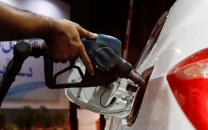
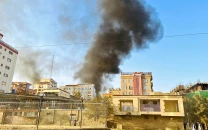
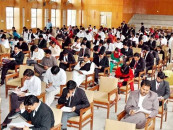
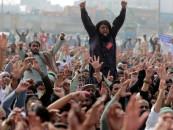

COMMENTS
Comments are moderated and generally will be posted if they are on-topic and not abusive.
For more information, please see our Comments FAQ